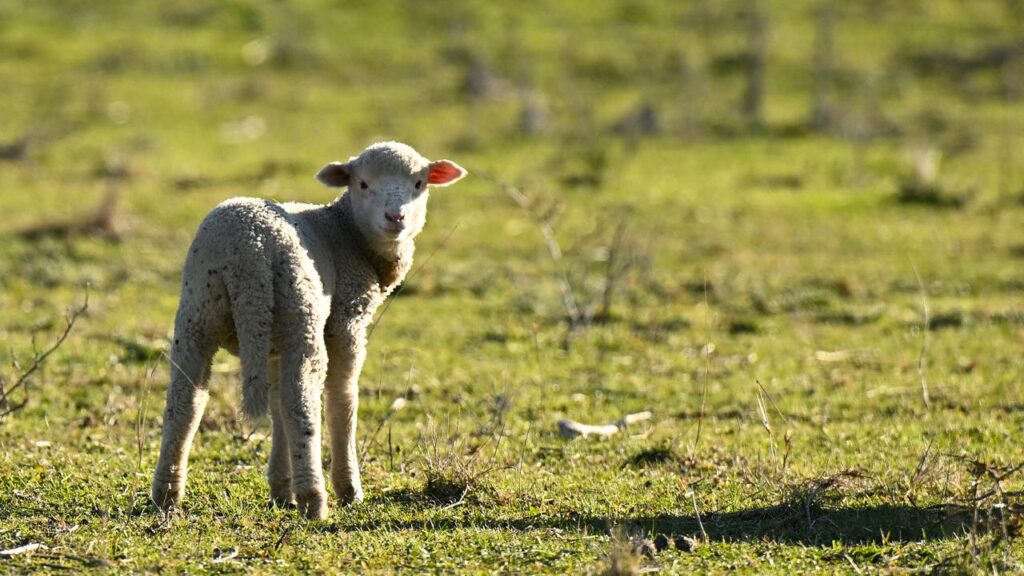Fashion spinning new yarns from a sheep’s head to tail
Stephanie Gardiner |

Australia rides on the sheep’s back, or so goes the time-worn saying about the worth of the meat and wool industry.
A sustainable fashion project is proving there is also plenty of value in the sheep’s head, legs, belly and even its fluffy bottom.
The short fibres from these parts of a sheep, called locks, are usually considered of very low value and are either used for chunky knit garments or discarded.

In a trial backed by Australian fashion brand Country Road’s climate fund, a group of innovators has developed a way to use locks to make a sustainable fine yarn ideal for clothing fabric.
“The same sheep that produces super-fine wool used in a nice suit or a jumper … the bits that they generally can’t use from the belly, the legs and the bottom are able to be used,” said Chris Hurren from Deakin University’s Institute for Frontier Materials.
The Mud to Marle project, a collaboration between the institute, social enterprise Full Circle Fibres and textile manufacturer LoomTex, blended the South Australian locks with Queensland cotton.
The unique mix, which creates a stretch fabric without the need for synthetic fibres, has been used in prototypes for women’s suits, T-shirts, jumpers, pants and skirts.
The method has several sustainability benefits, including the need to dye only the wool threads to create a marle effect.

Dyeing the wool rather than the cotton saves on water and energy as the fleece more readily takes on colour.
The natural fibres are also environmentally friendly, Associate Professor Hurren said.
“There’s no synthetics in what we’re doing,” he told AAP.
“And if they’re uncoloured, or coloured with the right dyestuffs, they would be able to be broken back down into soil at the end of their lifetime.”
Mud to Marle has also demonstrated that low-impact, end-to-end textile manufacturing is possible in Australia.

The yarn spinning, usually done offshore, was completed using equipment at Deakin University before it was woven in Geelong and knitted and dyed in Melbourne.
The sample clothing, in warm shades of lilac and mango, was made in Sydney and Melbourne.
“The biggest challenge here is the narrative that (Australia) can’t make anything, but we can make loads of stuff,” Full Circle Fibres founder Meriel Chamberlin said.
“It’s that combination of not just the university, but of local manufacturers and their capability.
“That’s the bit that makes it possible. It’s a local ecosystem – it takes a village.”
AAP


